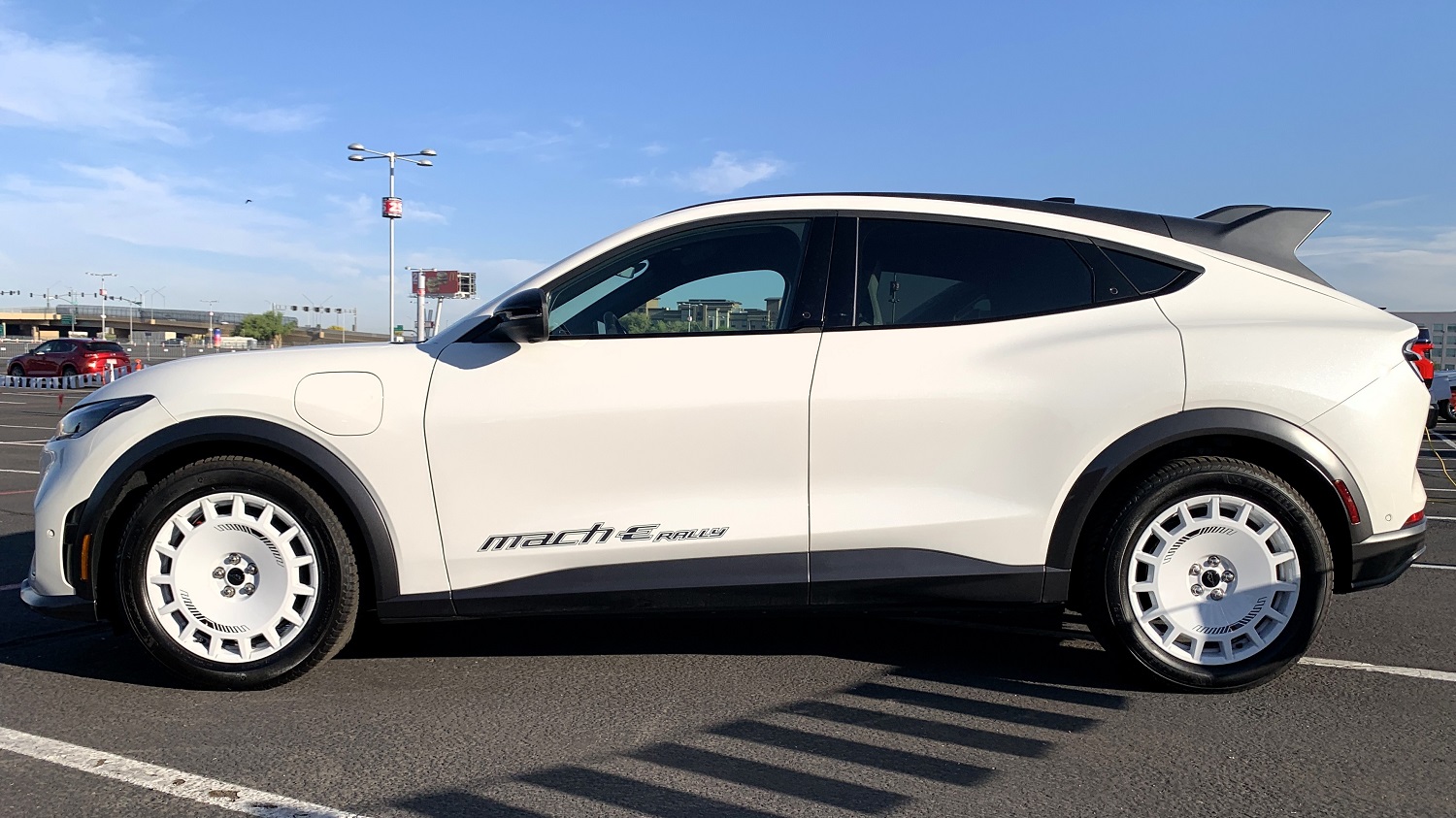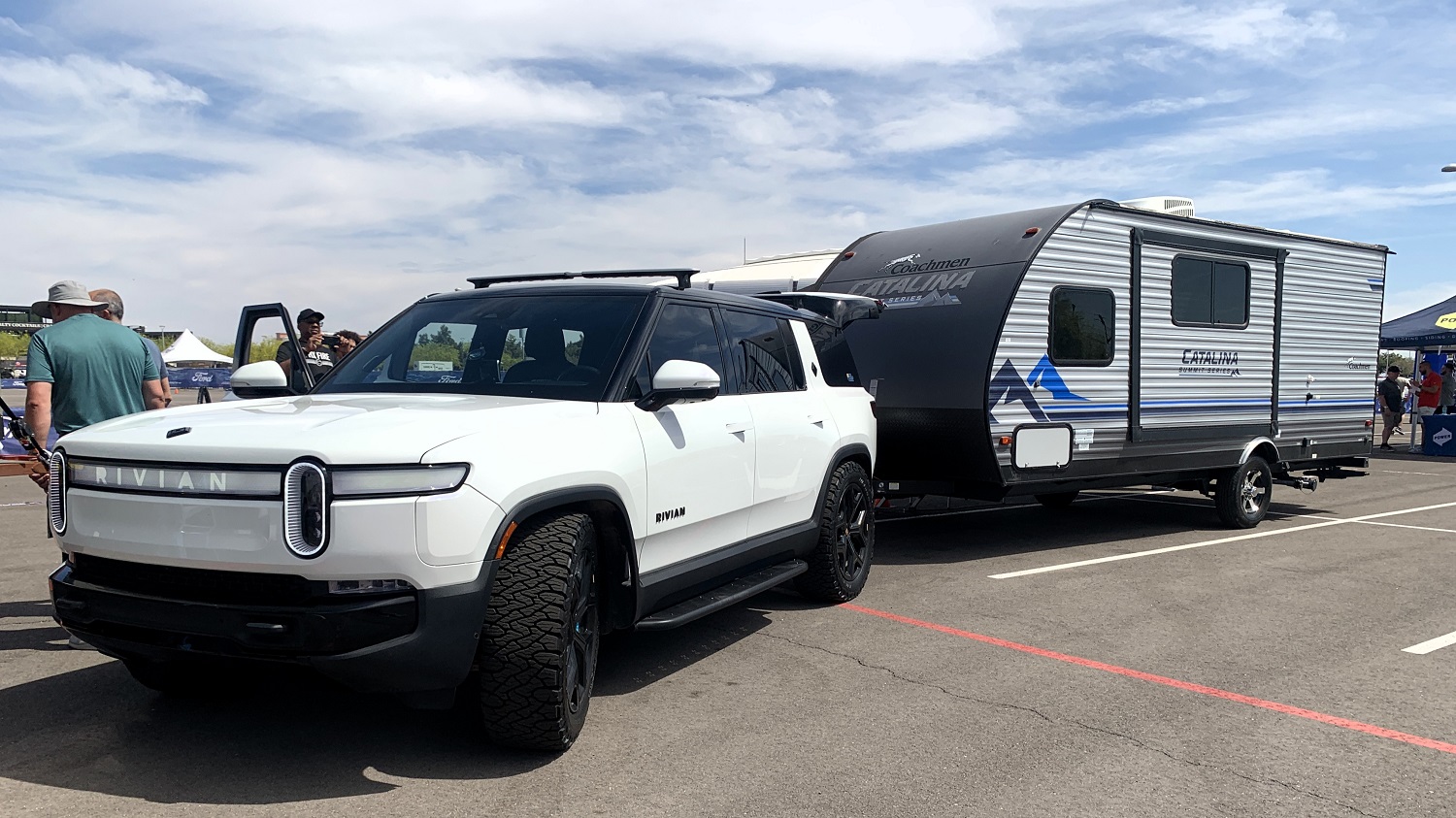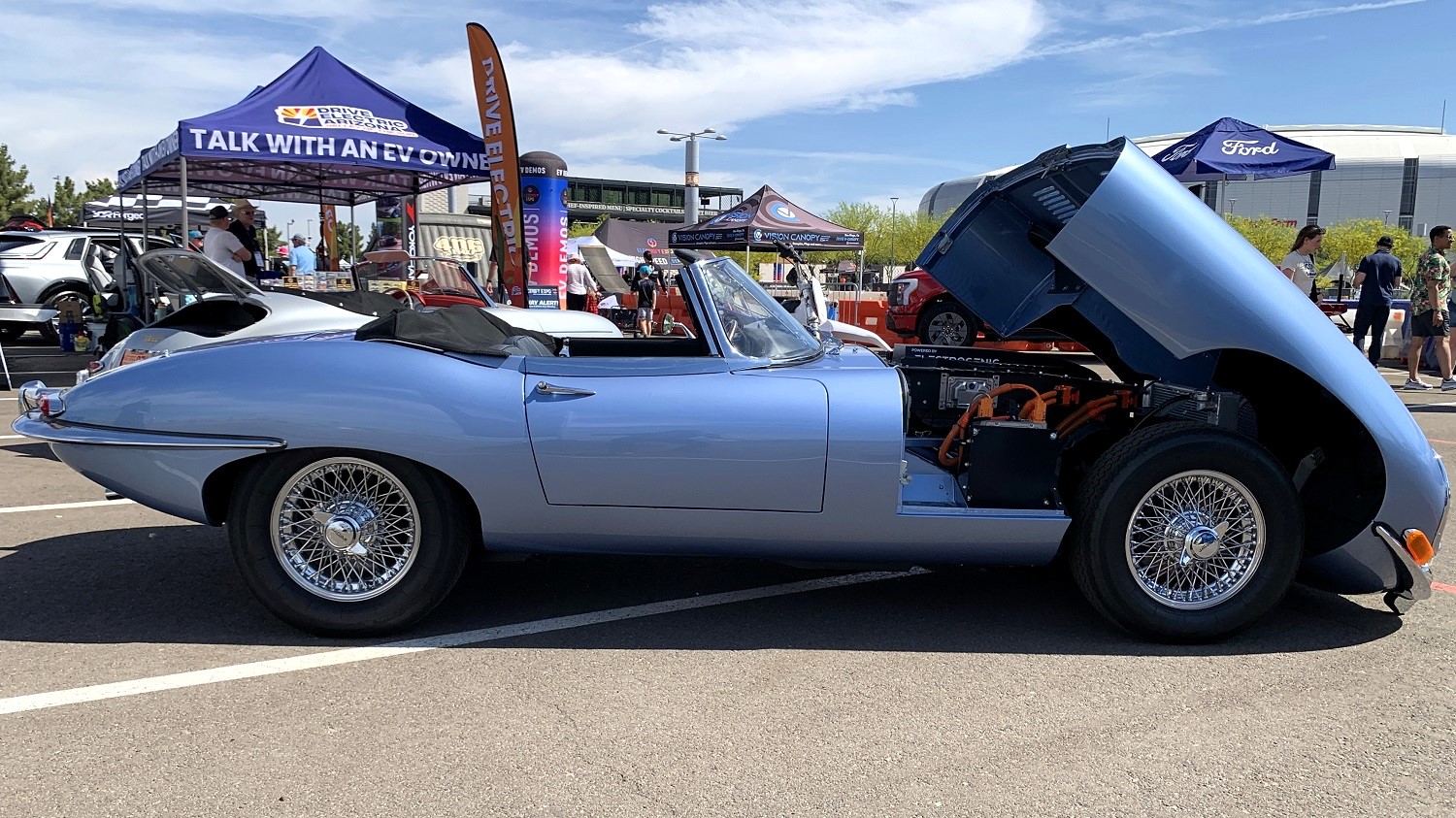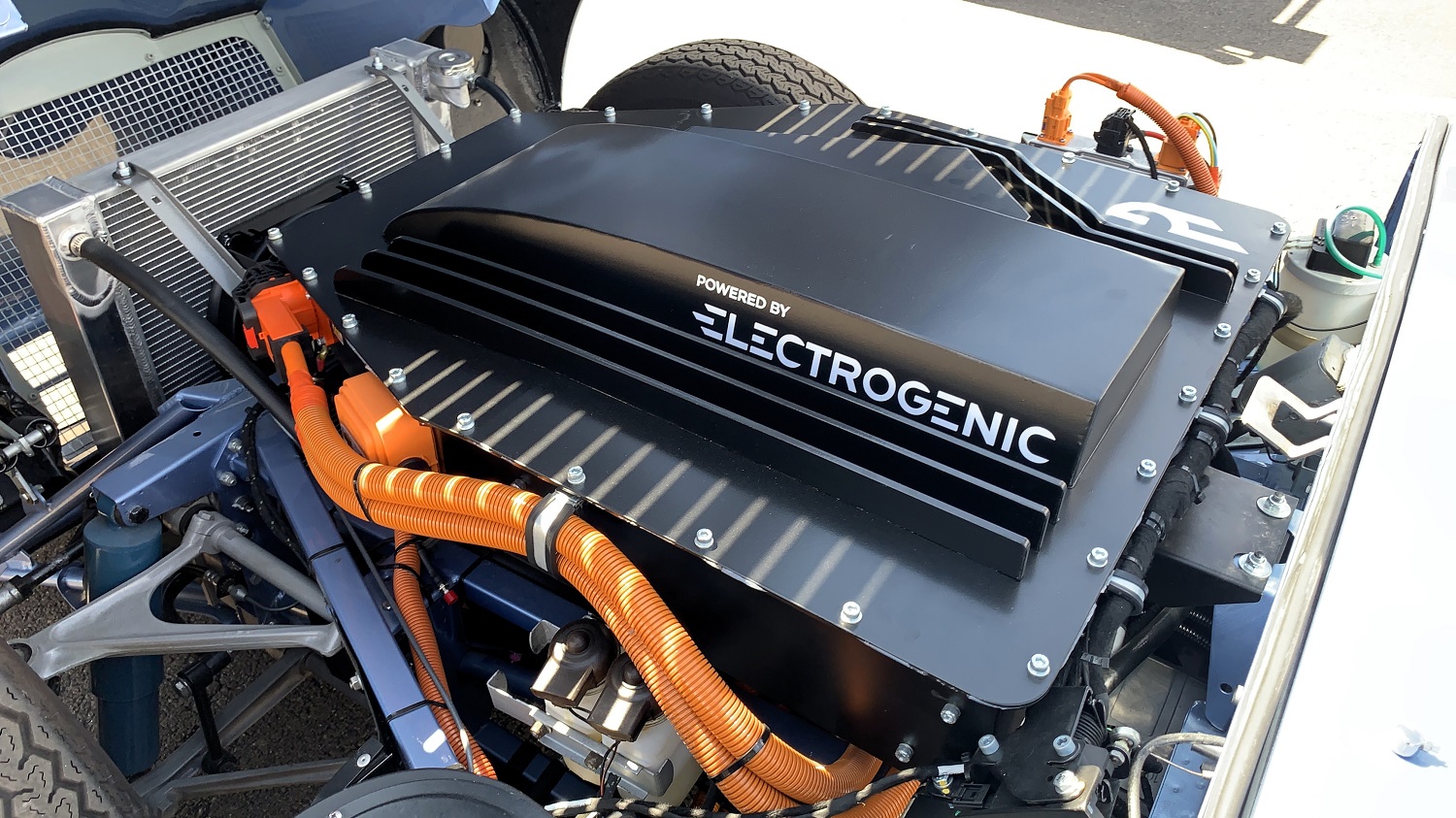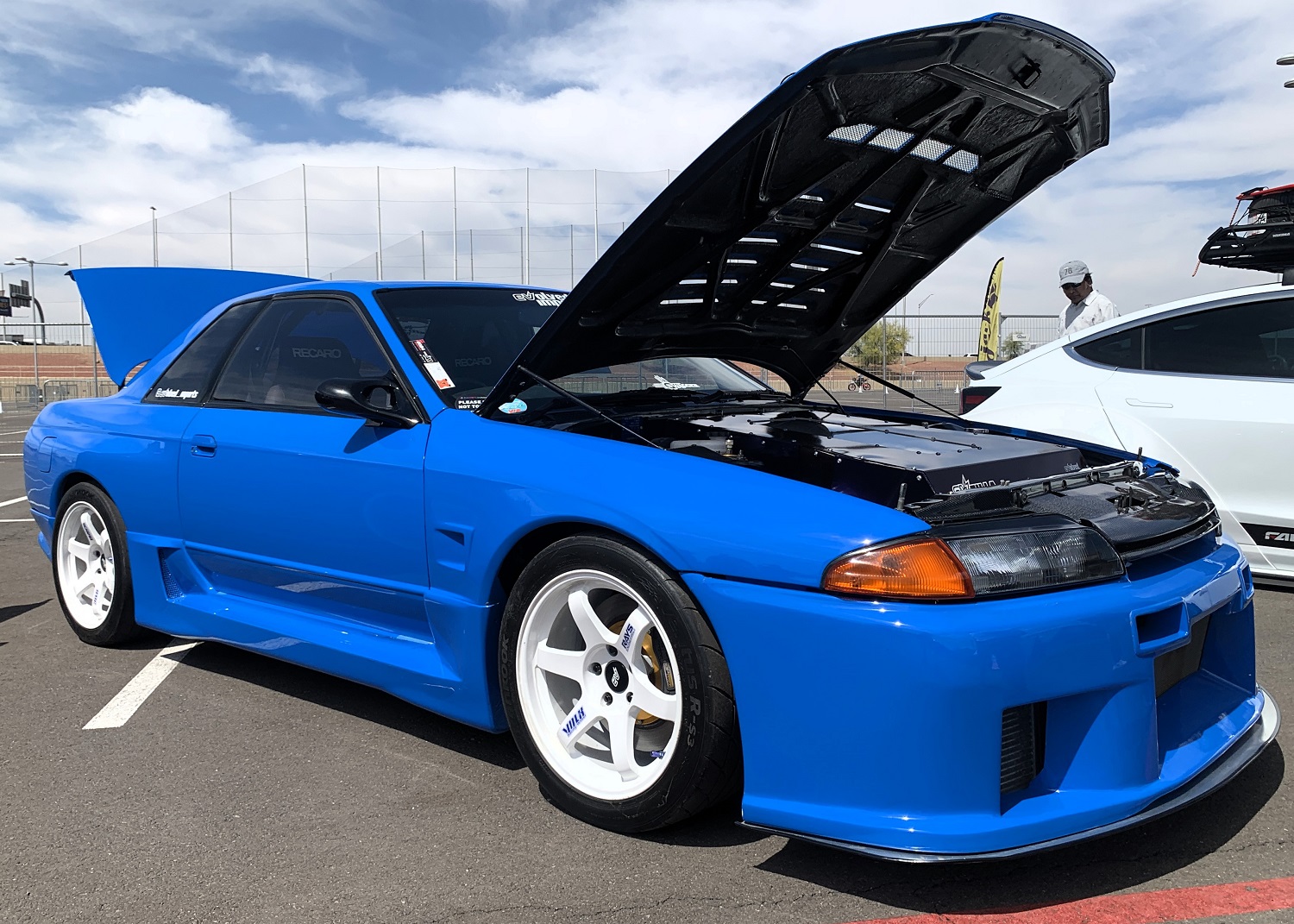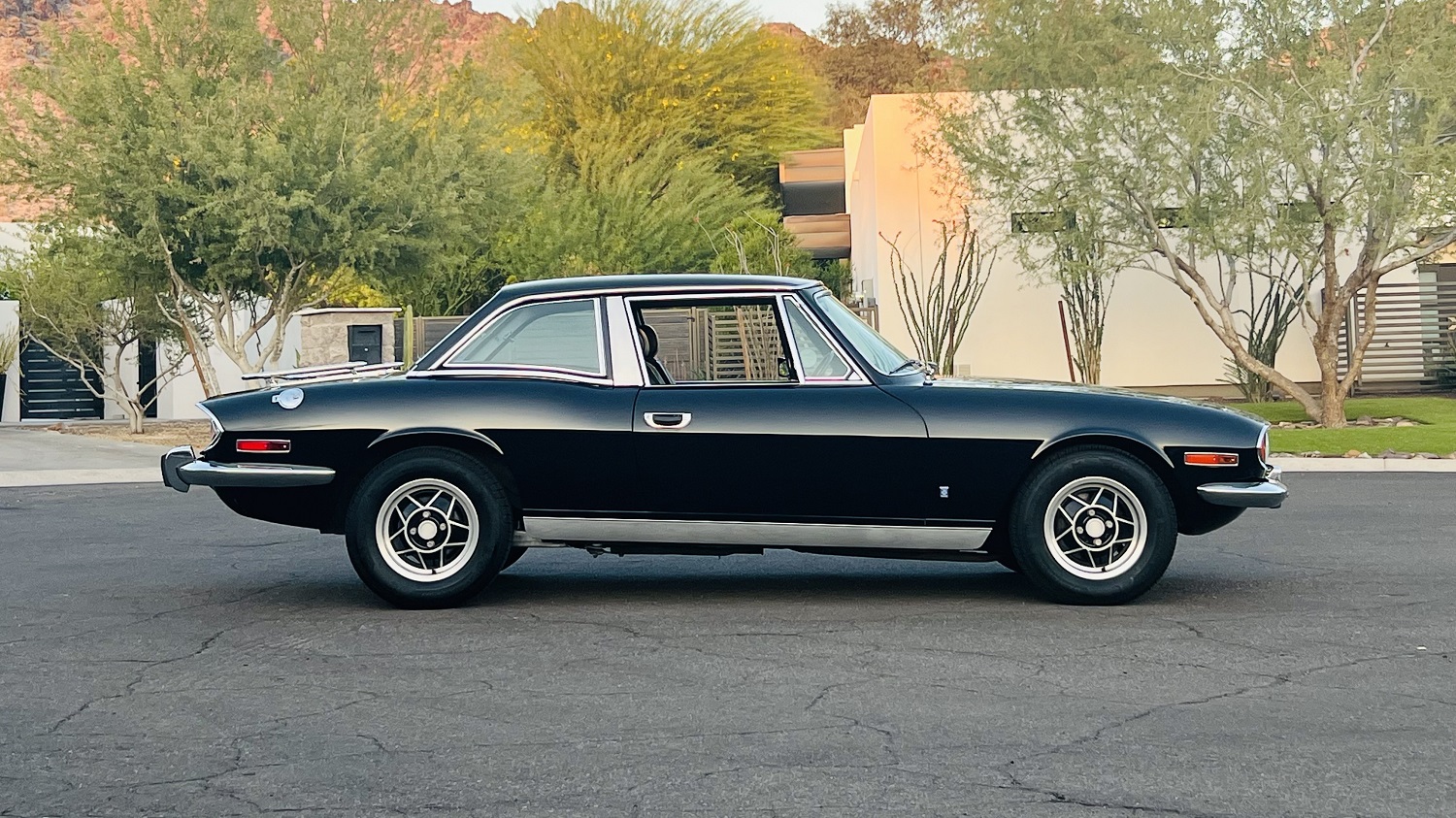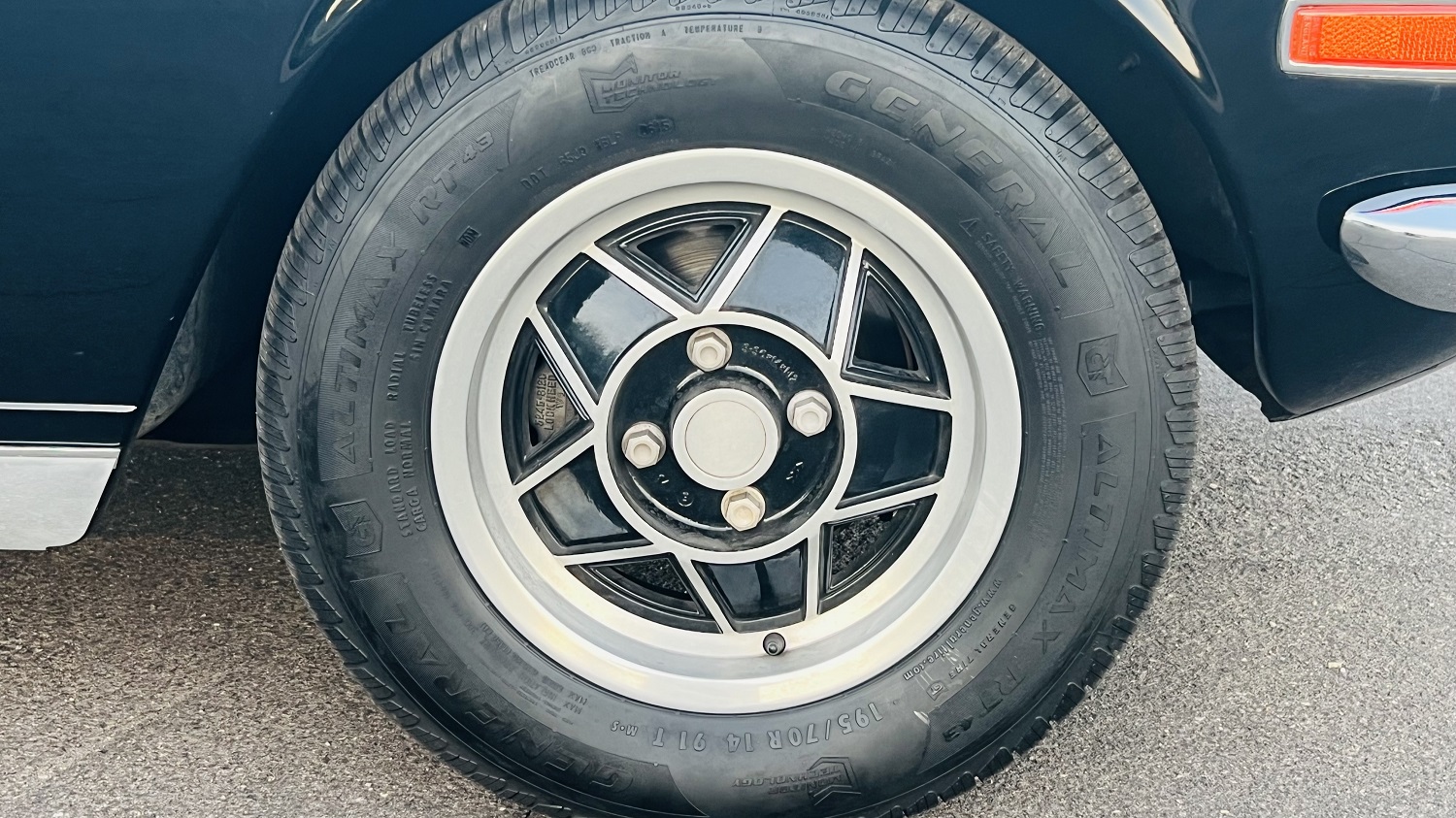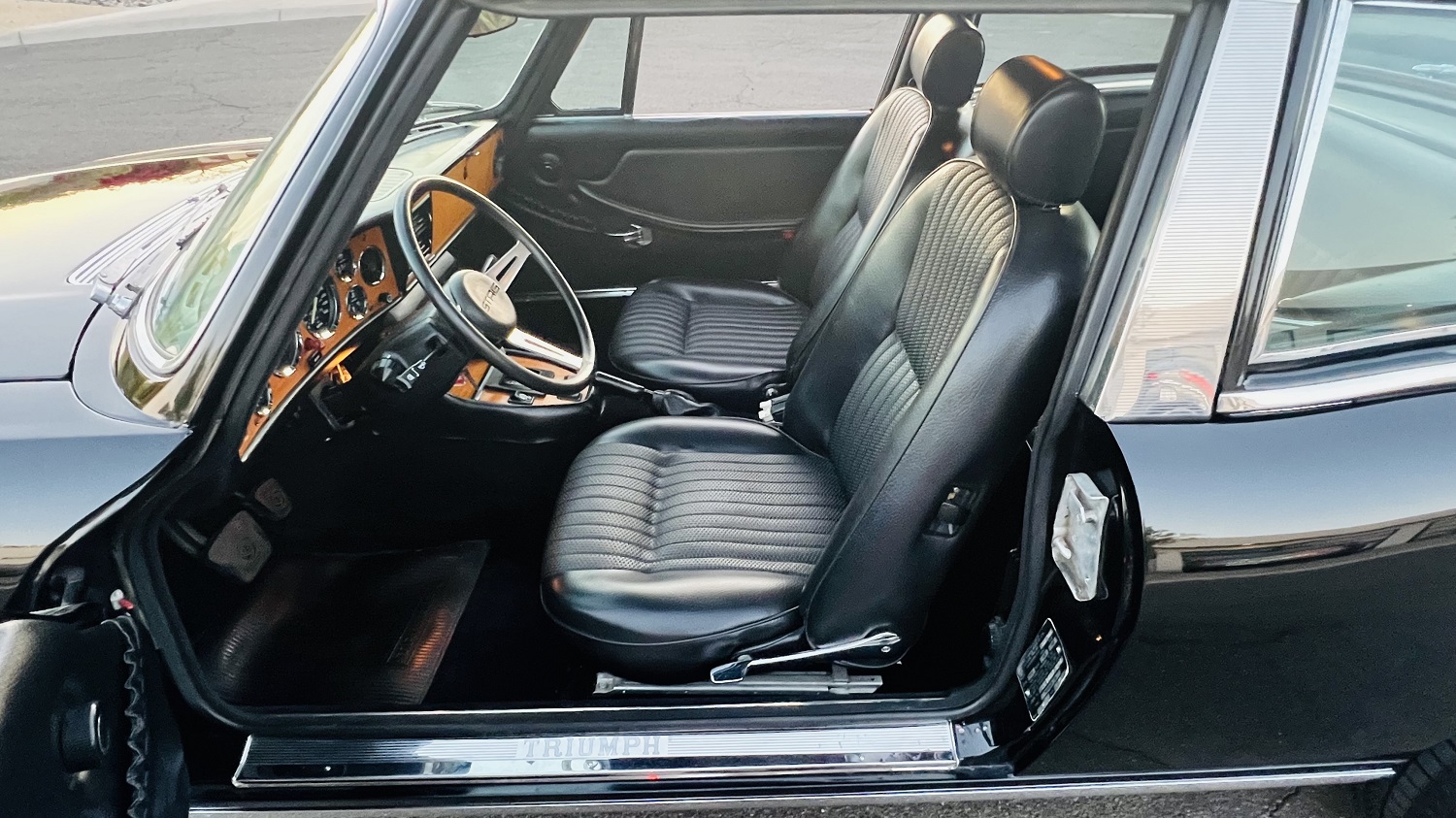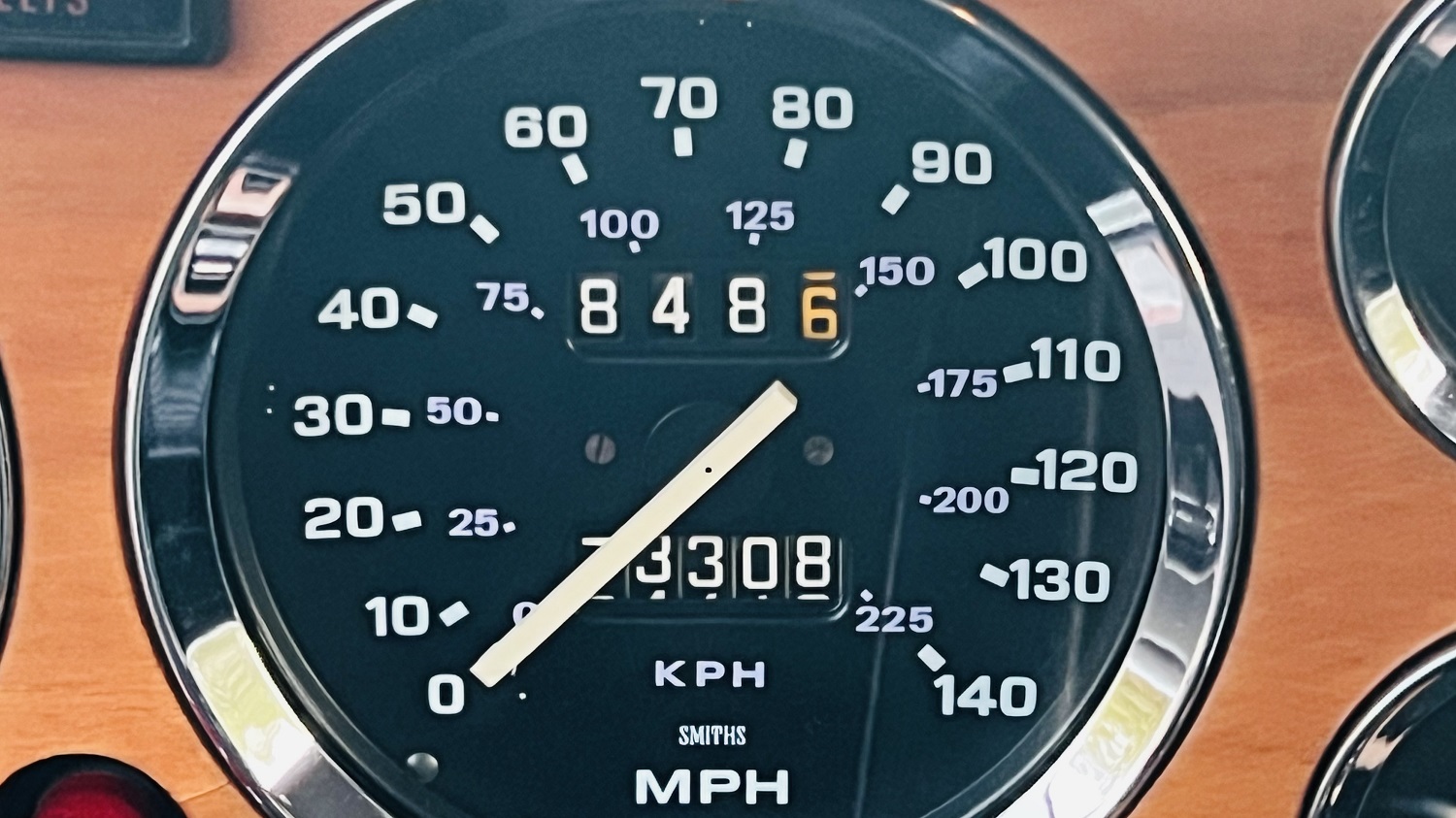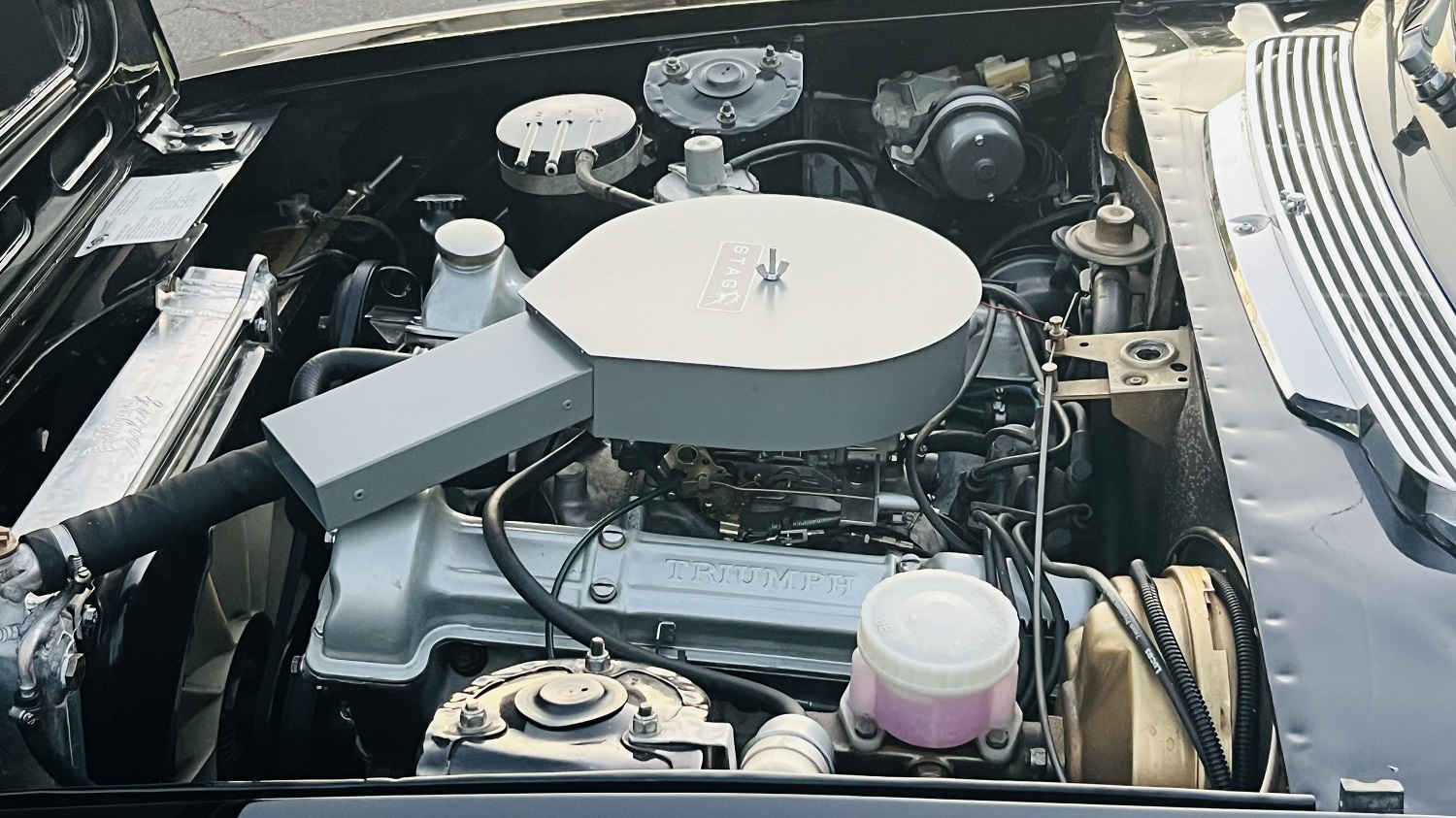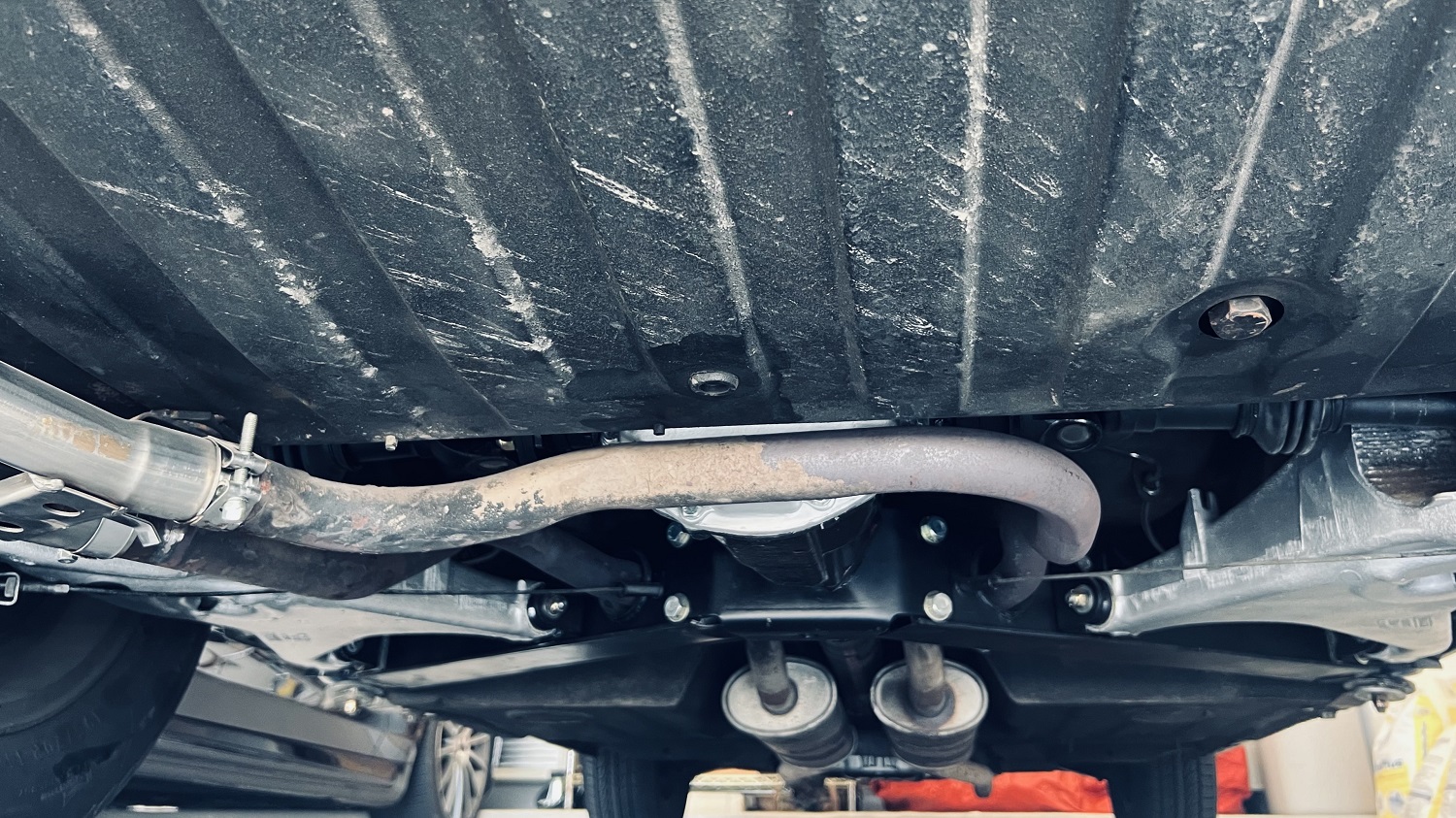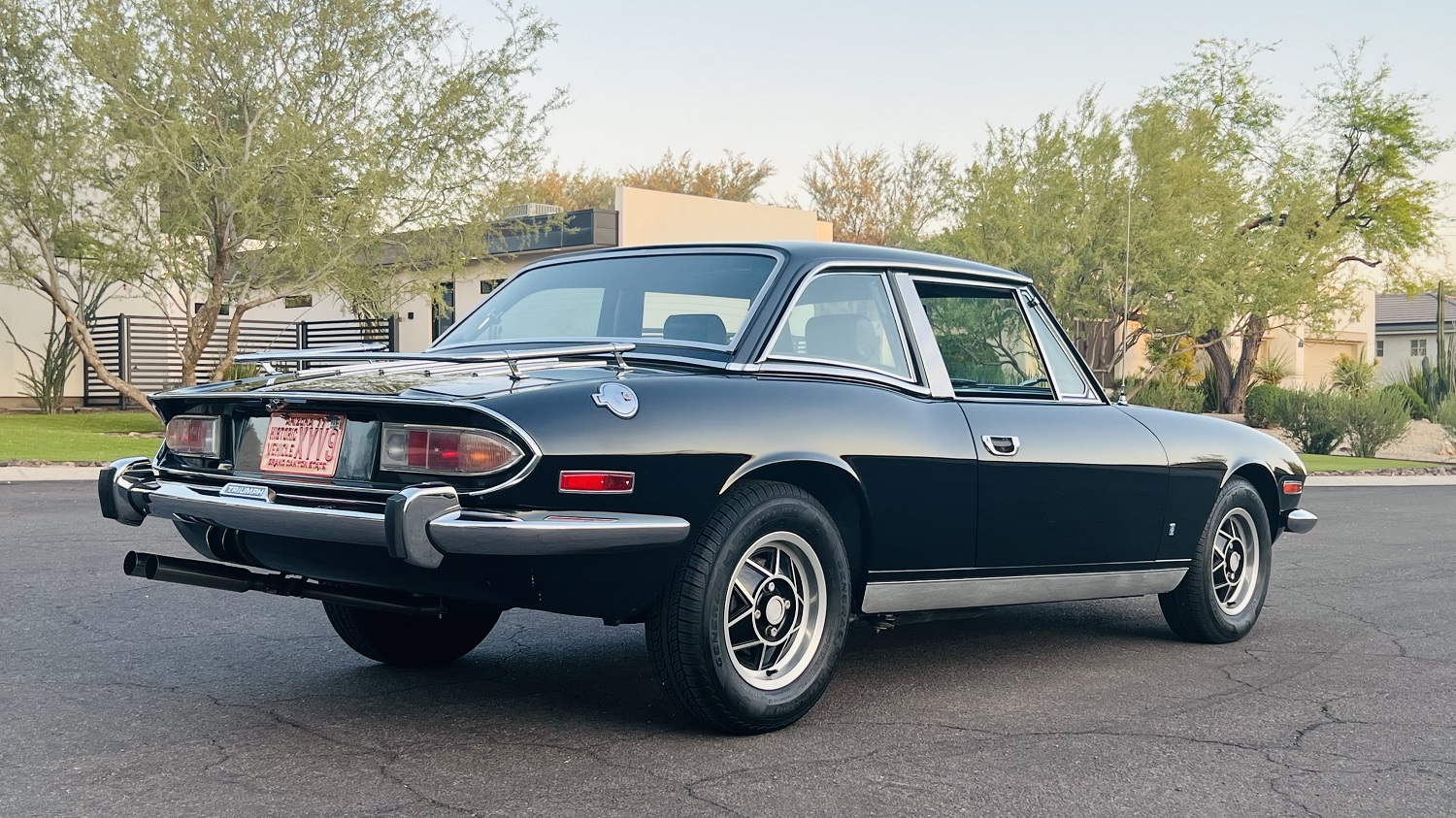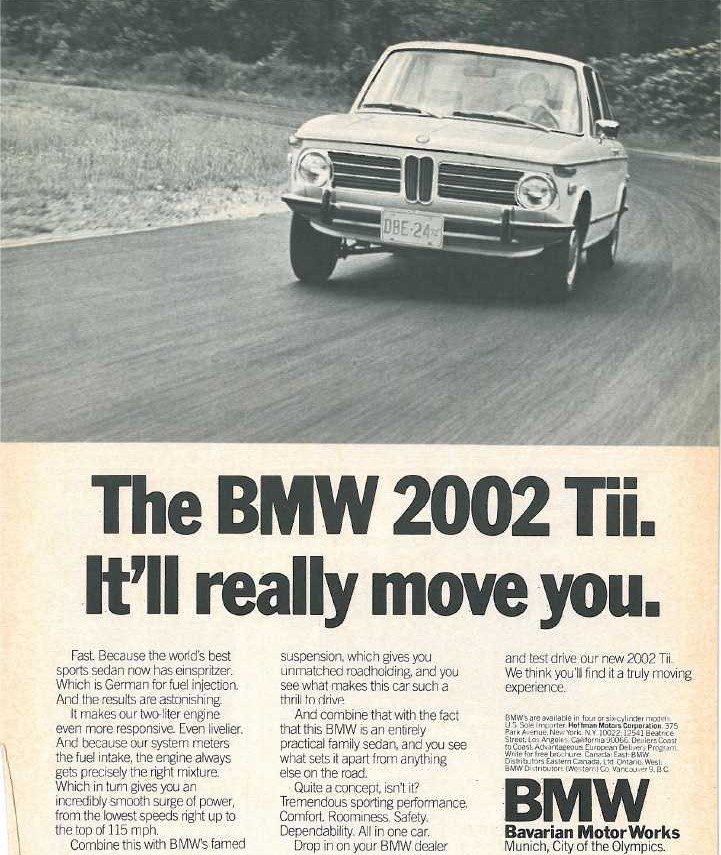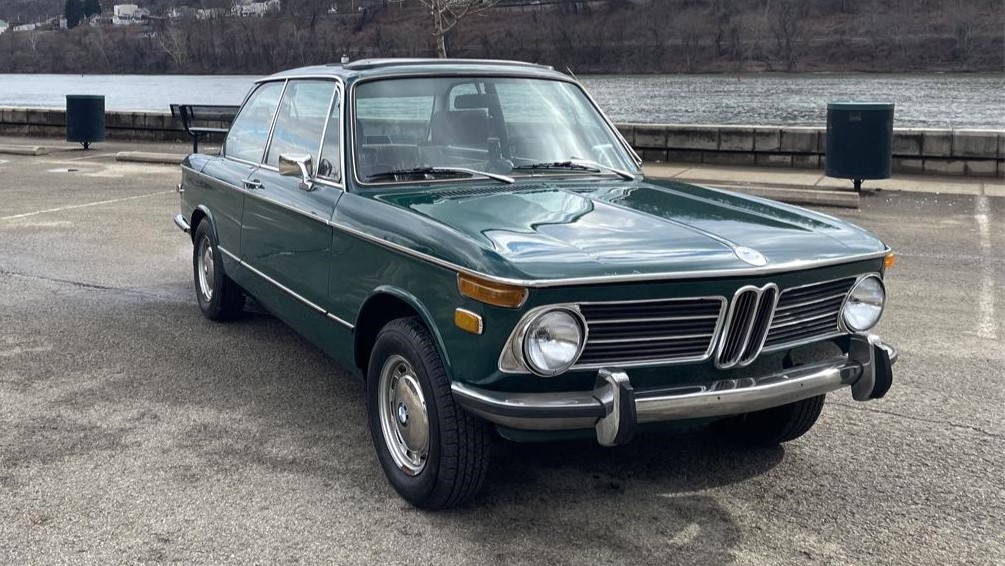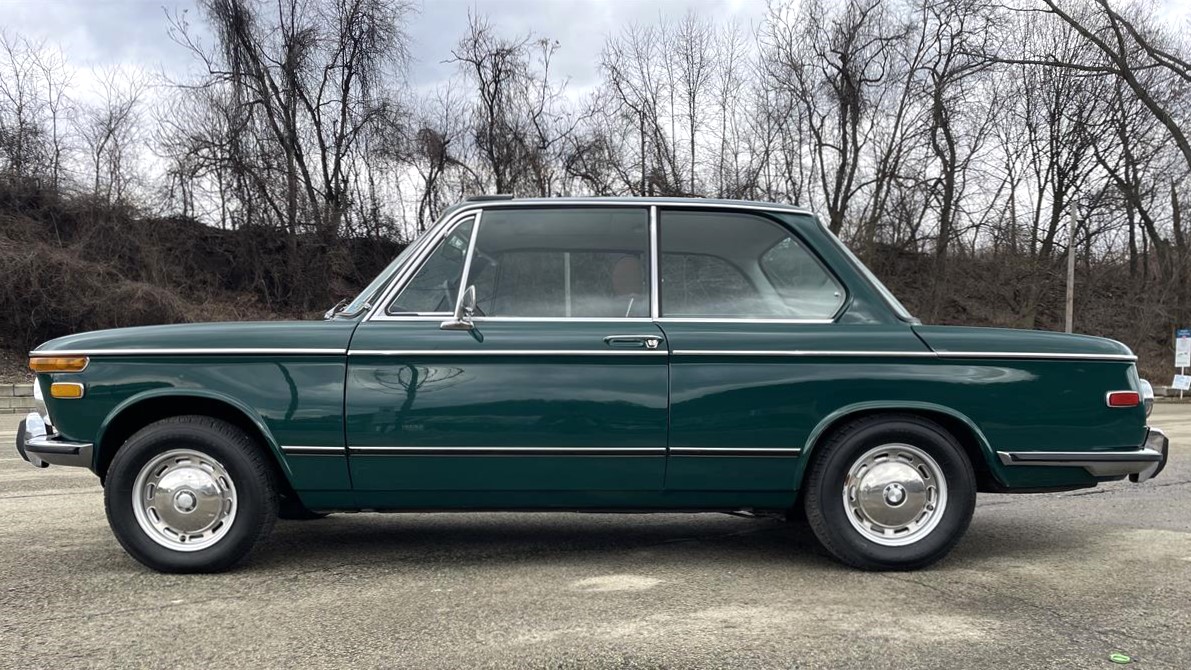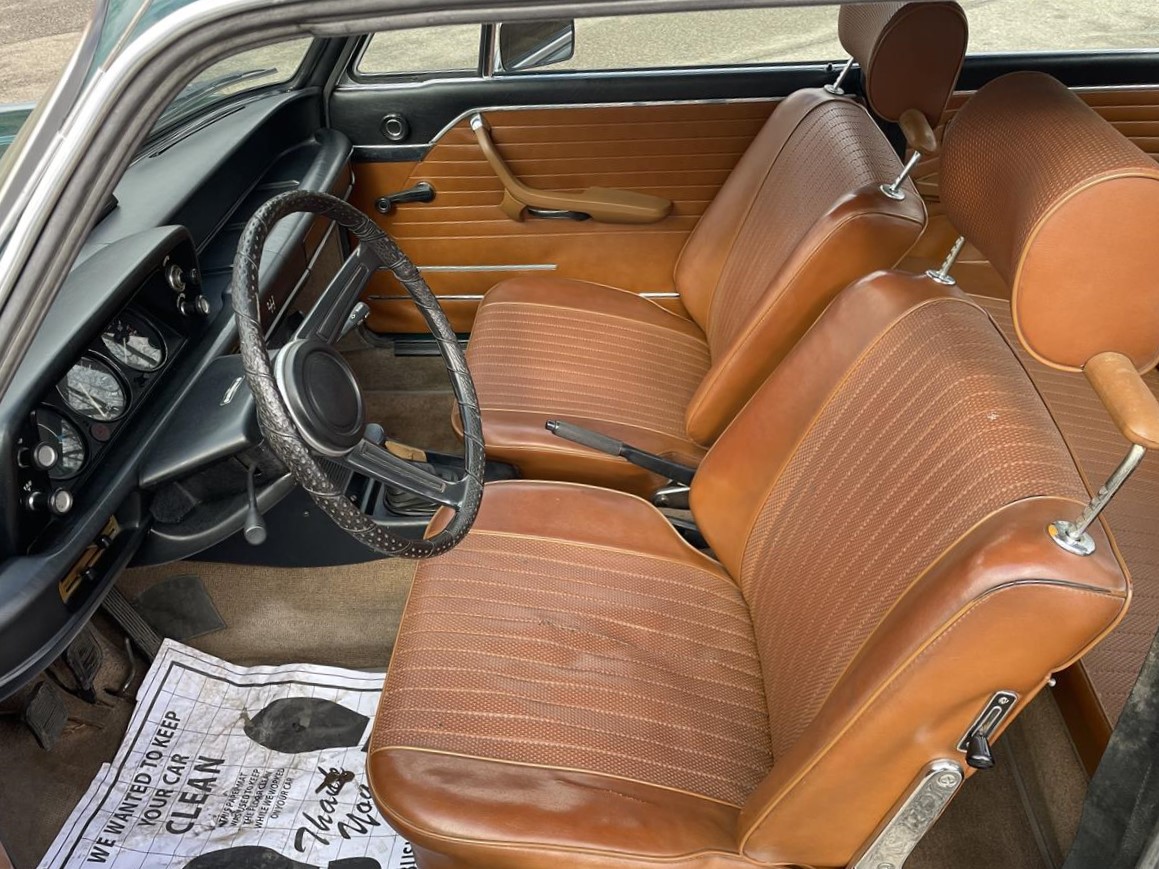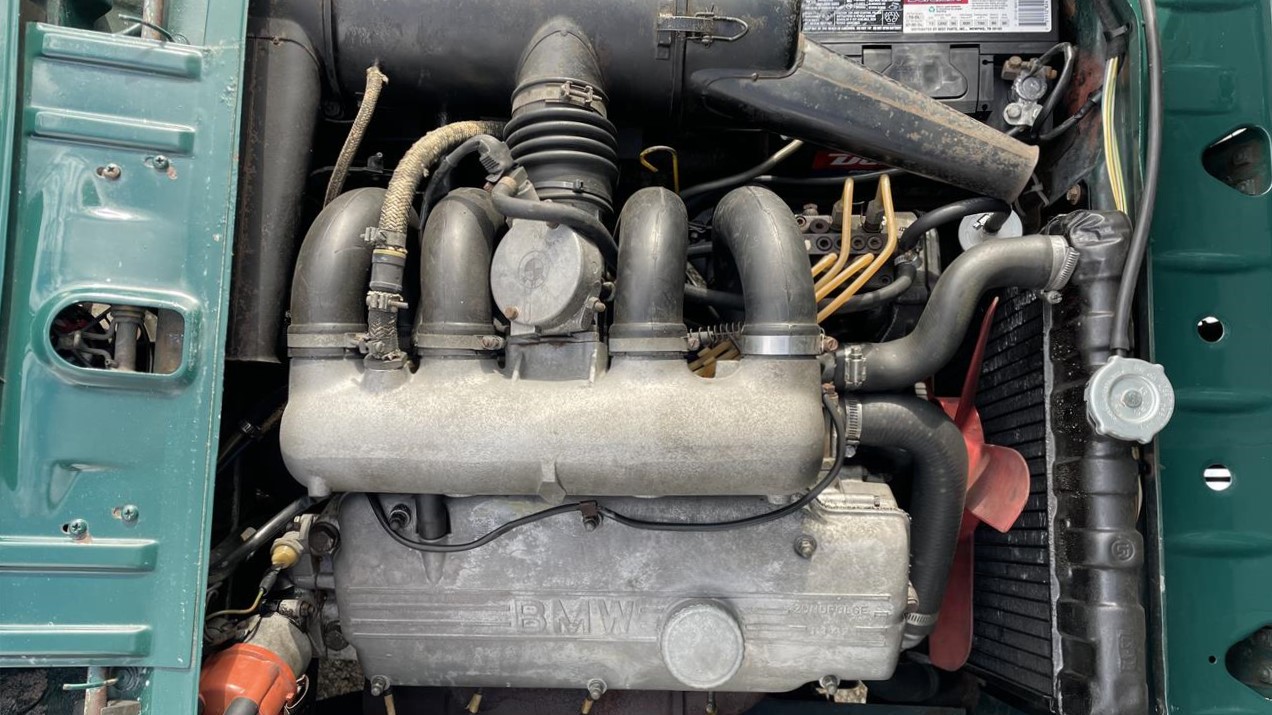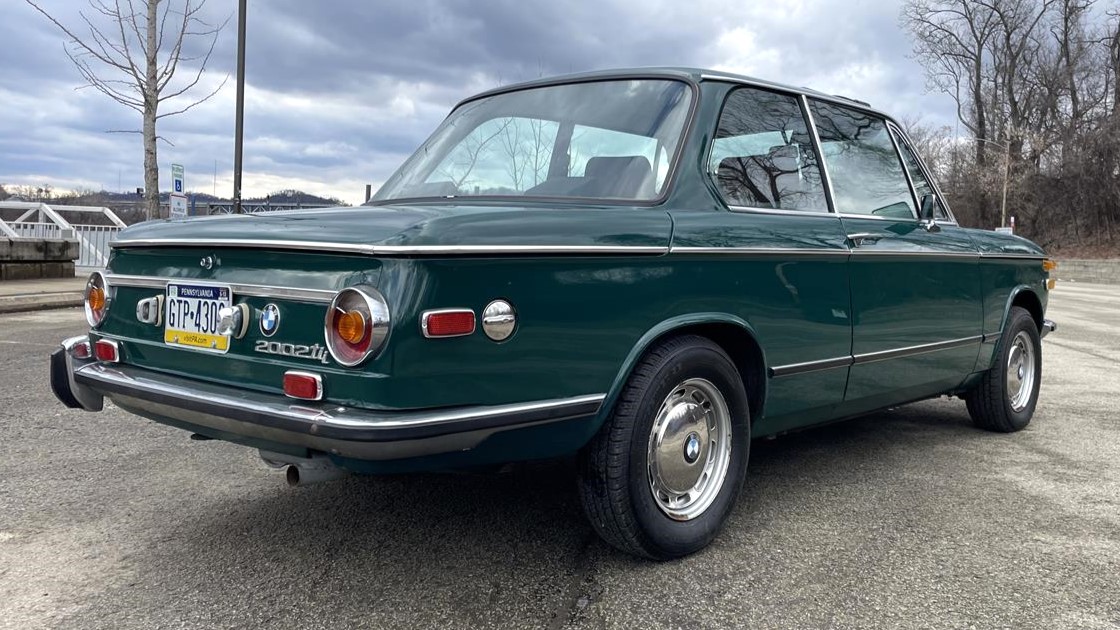Muscle cars are always coupes or convertibles, right? No. They come in various sizes and shapes, and one of them is the station wagon. Rarely considered an existing car form, station wagons can be fast with the right options and powerful engines under the hood. Today, we will pay attention to this exclusive segment of muscle car culture and long-roof models with astonishing potential.
1. Ford Country Squire 428
For 1966 and 1967, Ford offered 428 V8 engines as an option on its station wagon model lineup. The 428 V8 in question was not the famed Cobra Jet, but the engine from the Thunderbird with 345 underrated horsepower. With over 460 lb-ft of torque, the Country Squire could really go despite its size and weight.
To an average person, this car looked like a big old station wagon that could haul nine people, carry a lot of stuff, and cruise highways. But to experienced enthusiasts, just one glance under the hood could reveal the true nature of this car.
2. Pontiac Bonneville
One of the coolest American station wagons is the late 1950s Pontiac Bonneville Safari. Interestingly, Pontiac always named its long-roof models “Safari” to make them special compared to similar GM products.
But what made the 1959 Bonneville Safari so desirable was the 389 V8 that produced 300 HP. It transformed this family cruiser into a proper station wagon muscle car.
3. Chevrolet Kingswood 454
Sitting at the top of the wagon range, the Kingswood was produced in 1959 and 1960 and again from 1969 to 1972. Those models were always the most expensive and biggest Chevrolet wagon offerings, with powerful engines and a long list of creature comforts.
The most interesting are the late `60s models, which featured unbelievable specs. You could order the Kingswood with big-block power. The 427 and 454 V8-powered wagons were almost as fast as muscle cars but could seat up to 9 people.
4. Oldsmobile Vista Cruiser 442 Wagon
How could a family station wagon be a muscle car? Well, it can. The 1970 Vista Cruiser could be ordered with a 455 V8 monster of an engine, basically the same power plant from the famed Oldsmobile 442 muscle car.
This transformed an otherwise ordinary `70s American suburban wagon into a fire-breathing muscle car disguised as practical family transport. The Vista was still pretty quick, with 0 to 60 mph times of around 6 seconds.
5. Chevrolet Nomad “Fuelie”
The muscle car wagon class was first introduced in 1957 when Chevrolet offered a high-performance drive train as an option on its cool-looking Nomad Wagon. Chevrolet created a new market niche by combining a practical body style with a hot fuel-injected 283 V8 small block engine.
The Nomad was a popular model designed for small business owners and families, but with the addition of a 283 HP engine, it was fast and could outperform some sports cars of the day.
6. Buick Roadmaster LT1
The legendary Roadmaster name returned to Buick`s lineup in 1991 after a 33-year hiatus, gracing the freshly styled luxurious sedan and station wagon model. Buick engineers found a way to install the Corvette`s LT1 5.7-liter V8 engine into the Roadmaster`s engine bay.
It had 260 HP, enough to turn this heavy wagon into a hot rod. Despite the curb weight of over 4400 pounds, this car could outrun many of the muscle cars of the day.
7. Cadillac CTS-V Wagon
Cadillac produced three body styles of the second generation of CTS-V, and it could be had as a sedan, a coupe, and, interestingly, as a wagon. The rarest of the three, the CTS-V Wagon, shared all mechanical components with the rest of the V-Series models.
However, the wagon body style was something Cadillac buyers didn’t expect. The car was still a blast to drive and extremely fast; it was just that the majority of the customers turned to sedans or coupes. Some buyers weren’t even aware that the wagon existed.
8. Dodge Magnum SRT-8
Equipped with a 6.1-liter V8 Hemi engine pumping out 425 HP and a glorious soundtrack through its twin tailpipes, the SRT-8 was a fast, capable, long-roofed car.
The design is typical Dodge, and since the rest of the mechanics are identical, I think of this car as a station wagon Charger.
9. Chrysler 300C Wagon SRT-8
A competitor to the BMW M5 or Mercedes E-Class AMG, the Touring was the performance station wagon version of the 300C sedan.
Equipped with a 6.1-liter V8 Hemi engine pumping out 425 hp and a glorious soundtrack through twin tailpipes, the SRT-8 was a really fast and capable long roof. The 0 to 60 mph sprint took around 4.9 seconds, and the top speed was over 170 mph.
10. Chevrolet Caprice LT1
The Chevrolet Caprice LT1 Station Wagon, which was introduced in the mid-90s, is a full-size, rear-wheel-drive American wagon powered by the same 5.7-liter LT1 V8 engine found in the Corvette of its era, delivering around 260 horsepower. With body-on-frame construction, ample cargo space, and seating for up to eight, it blends classic utility with muscle car performance.
Its long, sleek silhouette and signature rear-facing third-row seat evoke nostalgia, while its smooth ride and torque-rich acceleration surprise modern drivers. A cult classic among enthusiasts, it’s a unique blend of family hauler and sleeper performance cars, perfect for highway cruising and weekend adventures.

